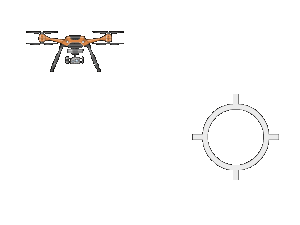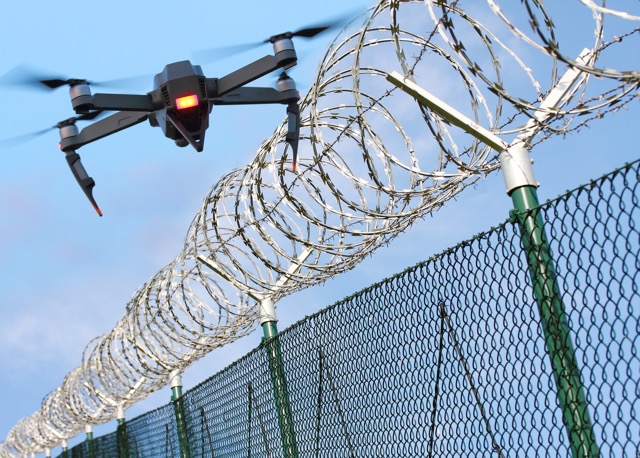SDR became the standard technology when using electronic warfare. This relatively recent development changed how we use radio-based devices, making them more agile and versatile – crucial features not only in the battlefield but also in civil applications.
Software Defined Radio technology (SDR) started its development in the ’90s but gained its vaster adaption in the early 2000s when researchers and engineers began exploring and implementing SDR concepts in various applications, including military communications, electronic warfare, and other receiving and emitting elements.
Software Defined Radio enables dynamic configuration of radio systems so that users can configure and modify radio parameters according to their needs – without changing the hardware.
This dynamic configuration provides a high degree of user flexibility in terms of frequency, modulation schemes, and protocols because while in traditional radio systems, we need to modify or replace the hardware components if we want to change the radio’s functionality, SDR allows flexibility and upgradability of the system without physically replacing any component – and therefor is a more agile and versatile approach.
SDR Became Crucial in Warfare Environment
SDR finds applications in various fields and has become crucial for military systems such as communications, electronic warfare, radars, and others – where the environment and threats are dynamic and evolving.
Military devices require standardization and the ability to work together in the field as well as constant adaptation to emerging threats and quick updates with no downtime to the system – precisely some of the Software Defined Radio’s well-known advantages:
1. Interoperability:
Military forces often use a variety of communication standards and protocols. SDR allows for the development of radios that can be easily reconfigured to operate across different frequencies and communication standards, promoting interoperability between different units and branches of the military.
2. Adaptability to Emerging Threat:
SDR-based systems can be easily and rapidly upgraded to adapt to new communication standards or counter emerging electronic warfare threats, providing a strategic advantage.
3. Frequency & Spectrum Agility:
A crucial tactical advantage in the field is the ability to change the frequency, allowing military devices to operate across a broad range other than a specific planned one. This is essential in situations where military forces need to quickly adjust their communication systems to avoid interference or detection by adversaries. In addition, SDR technology allows the systems to adapt to spectrum availability, making more efficient use of the available frequency bands.
4. Secure Communications:
SDR platforms can implement advanced encryption and security features in software, ensuring secure and confidential communication essential for military operations.
Cost Effective for any Industry
Besides, in the military context, SDR has many advantages to any industry using radio systems. Its high degree of flexibility and the ability to reconfigure radios through software is cost-effective in terms of equipment procurement and maintenance prices.
From a business point of view, SDR reduces time to market as it allows for quicker development and deployment of new radio systems, as changes can be implemented through software without the need for extensive hardware redesign.
Additionally, SDR implementations can lead to more compact and lightweight radio systems with lower power consumption, which is particularly in portable and battery-operated devices.
Good To Know
All of our products are SDR-based. Netline’s proprietary Software Defined Radio core is fully programable and uses a real-time processing engine to counter all relevant frequency ranges. The SDR core enables flexibility and adaptability to various operational scenarios, mission types, arenas, and new emerging threats.




